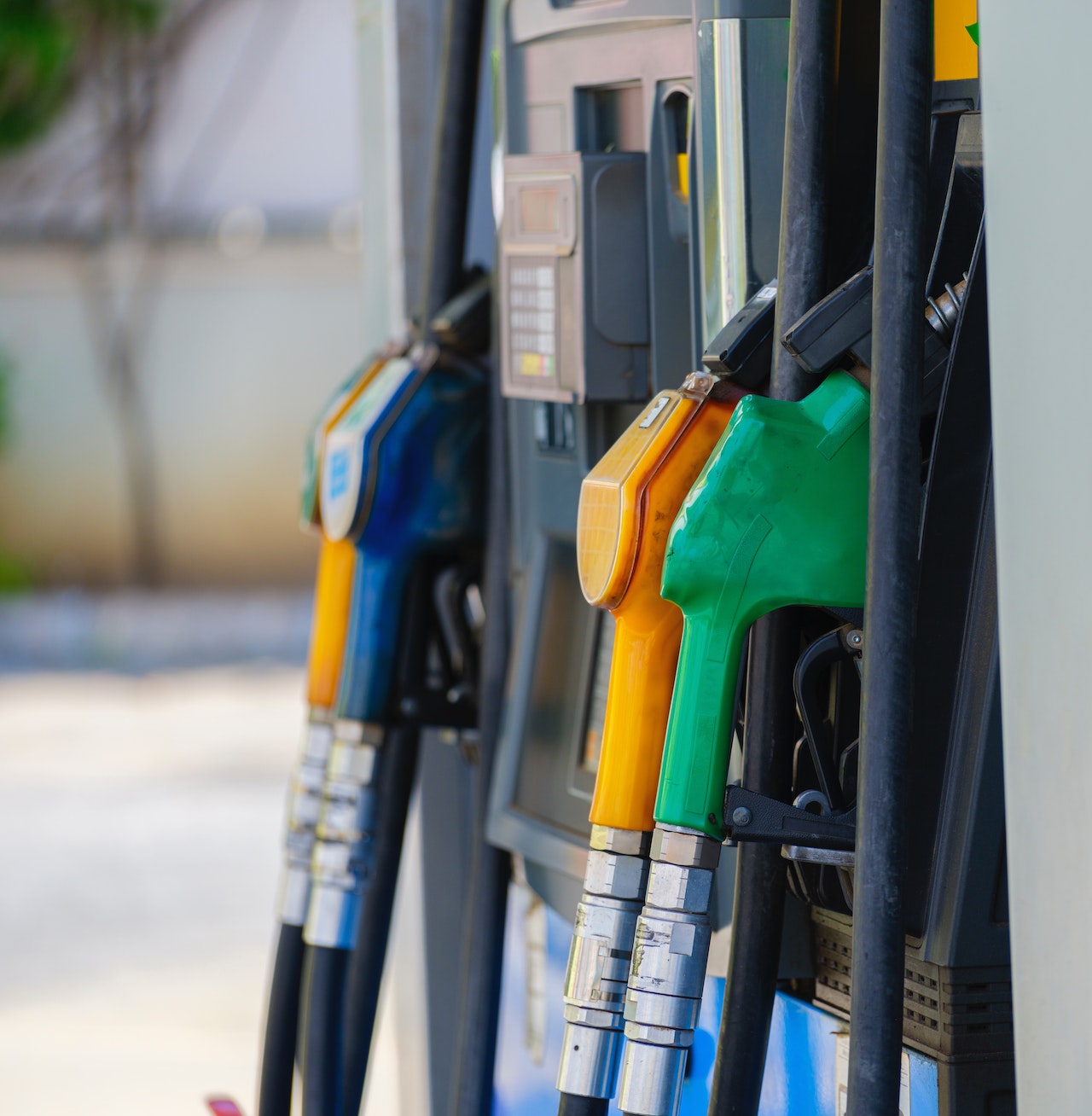Gasoline prices in the US have taken a sharp upward turn, surging to their highest seasonal level in over a decade, delivering an unwelcome blow to those seeking wallet-friendly summer journeys.
According to the American Automobile Association (AAA), the national average for regular gasoline now stands at a staggering $3.811 per gallon, a level unseen in the past ten years. This surge in prices has come as a disappointment, especially as the Labor Day holiday officially signals the end of the summer driving season.
The sudden surge in gasoline prices in the US can be attributed primarily to the recent surge in global oil prices. Brent crude futures, a key benchmark for oil prices, surpassed the $90 per barrel mark earlier this week. This surge was fueled by supply cuts imposed by major oil-producing nations such as Saudi Arabia and Russia, resulting in a domino effect on fuel markets.
Additionally, the United States has been grappling with fuel shortages. National stockpiles have consistently remained below seasonal norms since July. Prospects for a quick supply rebound appear dim, as fall refinery maintenance is on the horizon. However, there is a silver lining in the form of declining demand, which could gradually restore balance to the market.
The spike in gasoline prices is now casting a shadow of concern over the specter of inflation. Rising fuel costs pose a formidable challenge to President Joe Biden’s reelection efforts, as they have the potential to accelerate overall inflation, which can burden households and challenge economic stability.
The current surge in gasoline prices is intricately tied to the complex dynamics of production and transportation costs, involving the crude oil supply chain and refining processes. The global pandemic’s continued disruption to supply chains and economies worldwide has hindered governments’ efforts to increase production and streamline transportation, resulting in the current surge in fuel costs.
As the nation braces for the fall season, the outlook for gasoline prices remains uncertain. Traditionally, the peak demand for gasoline coincides with the northern hemisphere’s summer season, often aligning with school holidays. However, this pattern no longer holds true for many countries, making predictions challenging.
In conclusion, the surge in gasoline prices is a matter of national concern, extending beyond the pump to impact household budgets and broader economic stability. As government officials, economic observers, and citizens across the country keep a watchful eye on this situation, any developments in gasoline prices will be closely monitored.
Source: Bloomberg



